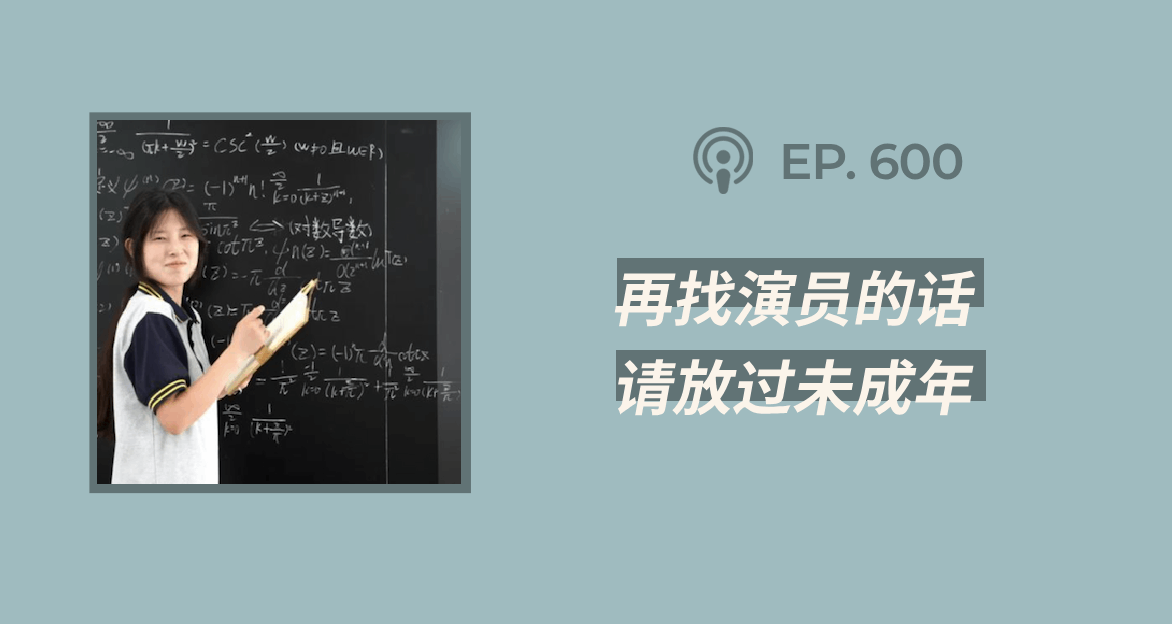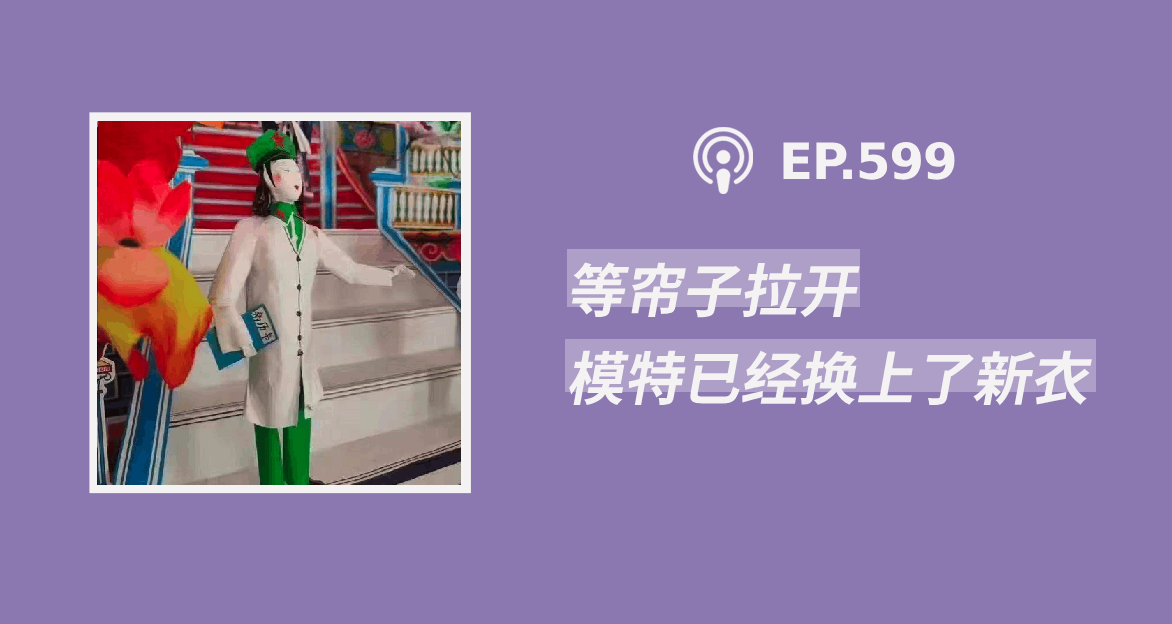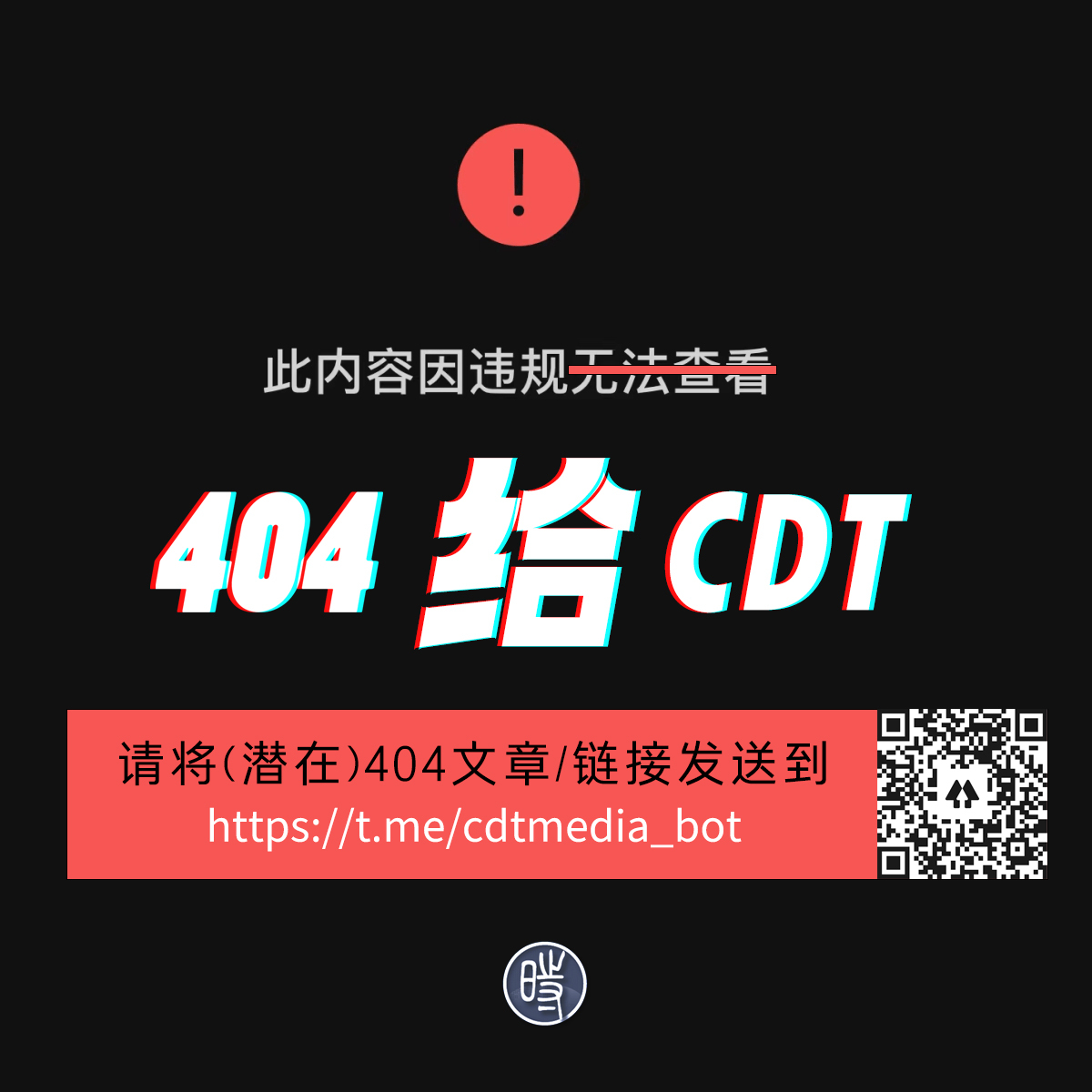六月二十四日夜晚十点左右,三十七岁的《财经》杂志科技编辑方玄昌完成工作准备回家。半小时后当他快到位于北京三环的公寓时突然感到后背遭到攻击。他转过身去发现两个矮壮男人手挥钢筋。
方玄昌试图跑开,而那两个男人则不顾他的质问,不断地用钢筋砸他的头和后背,他只好极力保护自己。幸亏方玄昌常年习武身体强健,此时不但保持清醒,还能予以还击。最后直到他跌跌撞撞地上了一辆出租车,两个打手才离开现场,此时他的衣服已被鲜血浸透。
随后在北京海军总医院,医生缝合了方玄昌头后长达五厘米的裂口。袭击他的人有职业杀手的身手,在四分钟内完成了了残暴的伏击,而且对旁观的路人毫不在意。“他们的目的很清楚”,方玄昌在六月三十日的电邮中告诉我:“当场打死我,或者让我无法及时赶到医院流血而死”。
为什么有人竟然企图杀害方玄昌?没人知道,似乎去也没人关心。尽管警方正在调查,尽管《财经》也尽全力配合调查,尽管中国记协出面参与,但袭击者依然逍遥法外。北京当地的报纸对这次袭击只做了简短的报道,其中一家国营报纸只发了一条短小的社评称不应当打记者。却没有一家中国媒体发问:谁会袭击方玄昌?更要紧的是,到底是什么原因使方玄昌遭受如此横祸?
可是对于方玄昌的同事,这其中没什么玄机:报道具有争议性的话题,正如方玄昌所做的,是不安全的。被伤害的记者不一定能找出伤害他们的人和理由,但给他们的同事和朋友的警告却很明确:别掺乎,要么下一个就是你。这让很多人噤若寒蝉。就科学报道来说,钱财和政治上的风险正在不断升高,而人身危险也是与日俱增。
方玄昌是中国少数几个主要的科学“揭丑者”之一——挞伐学术界和政府支持的伪科学,抨击公开和隐蔽的江湖游医。在作为记者、编辑和为具有广泛影响力的《新语丝》(经常被屏蔽的中文监督网站)供稿的十年当中,他揭露过编造虚假奖励和发表抄袭论文的学者,叫卖能治疗癌症的中药良方的贩子,比如兜售“天仙口服液”的王振国,声称能预测地震的中国科学家。这还只是其中一部分。但最近对方玄昌工作的回应却带上了一定程度的妄想、愤怒甚至暴力。
就在几周前,当时作为《中国新闻周刊》(与美国的《新闻周刊》无关)科学主编的方玄昌参加了深圳卫视有关地震预测的辩论。和他一同作为嘉宾出席节目的还有一位理性同道,由生化学家转行的科普作家方是民(与方玄昌无亲戚关系,其笔名方舟子更为公众所知)。地震预测,这种很大程度上已声名狼藉的活动时至今日仍然是很多中国科技工作者和官员的一种特殊信仰。来自中国地震局(直属国务院的重要部门)的一位在官员发言中,居然信誓旦旦地提起能预测地震的鹦鹉和凭耳鸣就预测地震的超能力——一个具有这种超能力的人宣称在今年四月中国西北部玉树地震之前他感觉到耳鸣。现场的一位嘉宾,来自中国气象科学研究院的任振球,还指责这些科学活动家收了美国的钱来阻碍中国的创新。方是民在他的博客中写道,节目录制之后任振球称他为卖国贼,还打了他一拳。
这还不是针对方是民的所有威胁。方是民七月二日在他的新浪微博里说接到了一个恐吓电话:“小心点,这几天有人要整你。”
在中国,科学思想的命运错综复杂。当下政府的一个重要的口号是"科学发展观",然而学术欺诈却普遍存在。一月英国的《晶体学报(E)》,一份有同行评议的国际科学期刊,宣布由于编造数据,一次性撤消七十篇中国科学家发表的论文。三个月后,这份杂志又宣布由于数据和错误的原子识别问题,撤销了另外三十九篇论文。据《新语丝》调查,其中三十七篇全部由中国的大学完成。《自然》杂志引用过的一篇中国政府的研究发现来自中国六家最高学术机构的六千多名科学家中约有三分之一承认他们曾经有过“剽窃、篡改和编造”的行为。
有批评将论文造假归结为官僚所设定的不切实际的发表目标。但在方玄昌看来问题更深,五月我们会面时他这样说。这表示五四运动反封建的科学精神的一种倒退——从五四运动拥护民主,倡导批判思维和创新精神的倒退。遭到袭击之后,方玄昌谈到他自己和同事们时,把他们归为“堂吉诃德式的”人物。“没多少人理解我们正在做的工作”,他说:“大多数中国人看待科学的态度是迷信的、惧怕的”。在精英阶层事情更加糟糕,他说,他们把科学奉为抽象的教条,却没有掌握科学的方法。就科学的、批判性的思考方面而言,方玄昌又说道:“中国人需要一场新的启蒙运动”。
这些问题绝非局限在中国国内。中国的科学发明在历史上有些声誉,也被反复提及,而创造新的声誉对全世界来说都是迫在眉睫。上个月英国国家科技艺术基金会的一份报告指出当中国进入了一个新的经济和地缘政治时代,中国开发利用低碳新技术的潜力就变成了应对气候变化的全球努力中一个不断增长的重要因素。
想要利用科学巨大威力就必须促进良好的学术活动、科学教育、批判性思维以及科学新闻报道。
http://www.foreignpolicy.com/articles/2010/07/06/why_was_china_afraid_of_a_science_journalist?page=0,1
Who Tried to Kill Fang Xuanchang?
A chilling attack on a controversial science journalist in Beijing bodes poorly for scientific progress.
BY SAM GEALL | JULY 6, 2010
On the evening of June 24, Fang Xuanchang, a 37-year-old science and technology editor at China’s Caijing magazine, finished work around 10 p.m. and began his walk home. Half an hour later he was nearing his apartment by Beijing’s third ring road when he felt a sudden blow to his back. Fang turned to see two large men behind him brandishing steel bars.
Fang tried to run away and then shield himself as the men, ignoring his attempts to communicate with them, struck him repeatedly across his back and head. Brawny and adept in martial arts, Fang not only remained conscious, but also managed to fight back. Finally, as Fang stumbled toward a taxi, his clothes soaked in blood, the attackers left the scene.
Later that night at Beijing’s Navy General Hospital, doctors sutured a 2-inch gash on the back of his head. His assailants behaved like professionals, carrying out the brutal ambush in about four minutes and showing little concern about passersby witnessing the attack. “Their goal was clear,” Fang told me in a June 30 email. “It was to kill me on the spot, or stop me from reaching the hospital in time so that I would bleed to death.”
Why would someone try to kill Fang Xuanchang? No one knows, or even seems to care. The attackers remain at large, despite an ongoing police investigation and Caijing’s best efforts to cooperate with the police and involve the All-China Journalists Association. The attack was covered in brief in Beijing-based newspapers, including a brief editorial in a state-run newspaper arguing that journalists shouldn’t be attacked. But no one in the Chinese media has gotten into the question of who would attack Fang — and more importantly, why exactly Fang might have been attacked.
For Fang’s colleagues, however, the message is clear: Reporting on controversial topics, as Fang has done, is unsafe. Journalists who are abused don’t necessarily find out who has attacked them or why, but the message sent to their friends and colleagues is clear: Don’t go there, or you could be next. It has a chilling effect on a wide circle of people. In the case of science journalism, the financial and political stakes are increasingly high, and the personal risks might be increasingly high as well.
Fang is one of the leading figures among China’s scientific muckrakers — a scourge of academic and government-sponsored pseudoscience and a critic of public and private quackery. For more than 10 years as a journalist, editor, and blogger on the influential (although frequently blocked) Chinese watchdog website New Threads, Fang has taken on academics listing faked awards and publishing plagiarized papers; hawkers of herbal cancer “cures,” such as Wang Zhenguo, peddler of the Tian Xian herbal cancer treatment; and Chinese scientists who claim to predict earthquakes, among other targets. But paranoia and anger, even violence, mark some recent responses to Fang’s work.
Several weeks ago Fang, previously science editor at China Newsweek (unrelated to the U.S. magazine Newsweek), appeared alongside a fellow rationalist, the biochemist-turned-columnist Fang Shimin (no relation, better known by his pen name Fang Zhouzi), on a Shenzhen TV debate about earthquake forecasting — a largely discredited practice that remains an article of faith for many Chinese scientists and officials. One speaker, an official from China’s national earthquake administration, a significant bureau under the State Council, spoke positively about parrots that can predict temblors and the paranormal abilities of a man who claimed he heard ringing in his ears before the quake in Yushu, in northwest China, in April. One guest on the show, Ren Zhenqiu of the Chinese Academy of Meteorological Sciences, accused the science activists of accepting U.S. money to stifle Chinese innovation. Fang Shimin claimed on his blog that after the recording, Ren Zhenqiu called him a “big Chinese traitor” and threw a punch at him.
And this is not the full extent of the threats against Fang Shimin. On July 2, Fang said on his Sina microblog that he had received a threatening phone call. “Be careful in the next few days,” the voice said. “Someone is going to fix you.”
Scientific ideas have a complex life in China. Today an important government slogan is the “scientific view of development,” yet academic fraud is widespread. In January, the scientific journal Acta Crystallographica Section E, a peer-reviewed international journal based in Britain, announced the wholesale retraction of more than 70 papers by Chinese scientists who had falsified data. Three months later, the same publication announced the removal of another 39 articles “as a result of problems with the data sets or incorrect atom assignments.” According to New Threads, 37 of these were entirely produced at Chinese universities. One Chinese-government study cited by Nature found that about one-third of more than 6,000 scientists surveyed at six top Chinese institutions said they had practiced “plagiarism, falsification or fabrication.”
Critics have blamed the pressure to produce fraudulent papers on unrealistic publication targets set by bureaucrats. But for Fang Xuanchang, the problem goes deeper still, as he told me when we met in May. It represents a slide backward from the scientific spirit of the anti-imperialist May 4th Movement — the early 20th-century uprising that championed democracy, critical thought, and innovation. Speaking after the attack, Fang described himself and his colleagues as “quixotic.” “Not many people understand the work we are doing,” he said. “Most Chinese people’s attitudes to science are superstitious and fearful.” Things might be even worse at the elite level, he said, where science is encouraged in the abstract, without a grasp of the scientific method. Regarding scientific and critical thinking, Fang added, “Chinese people need a new enlightenment.”
Such issues are not only of parochial concern: Renewing China’s oft-cited historical reputation for scientific innovation is a matter of urgency for the world. Last month a report from Britain’s National Endowment for Science, Technology and the Arts suggested that as China enters a new phase of economic and geopolitical might, the country’s potential to roll out new, low-carbon technologies becomes an increasingly important factor in global efforts to address climate change.
Harnessing scientific prowess requires promoting good academic practice, scientific education, critical thinking — and science journalism.
请看原文:
美国《外交政策》:谁企图杀害方玄昌?










